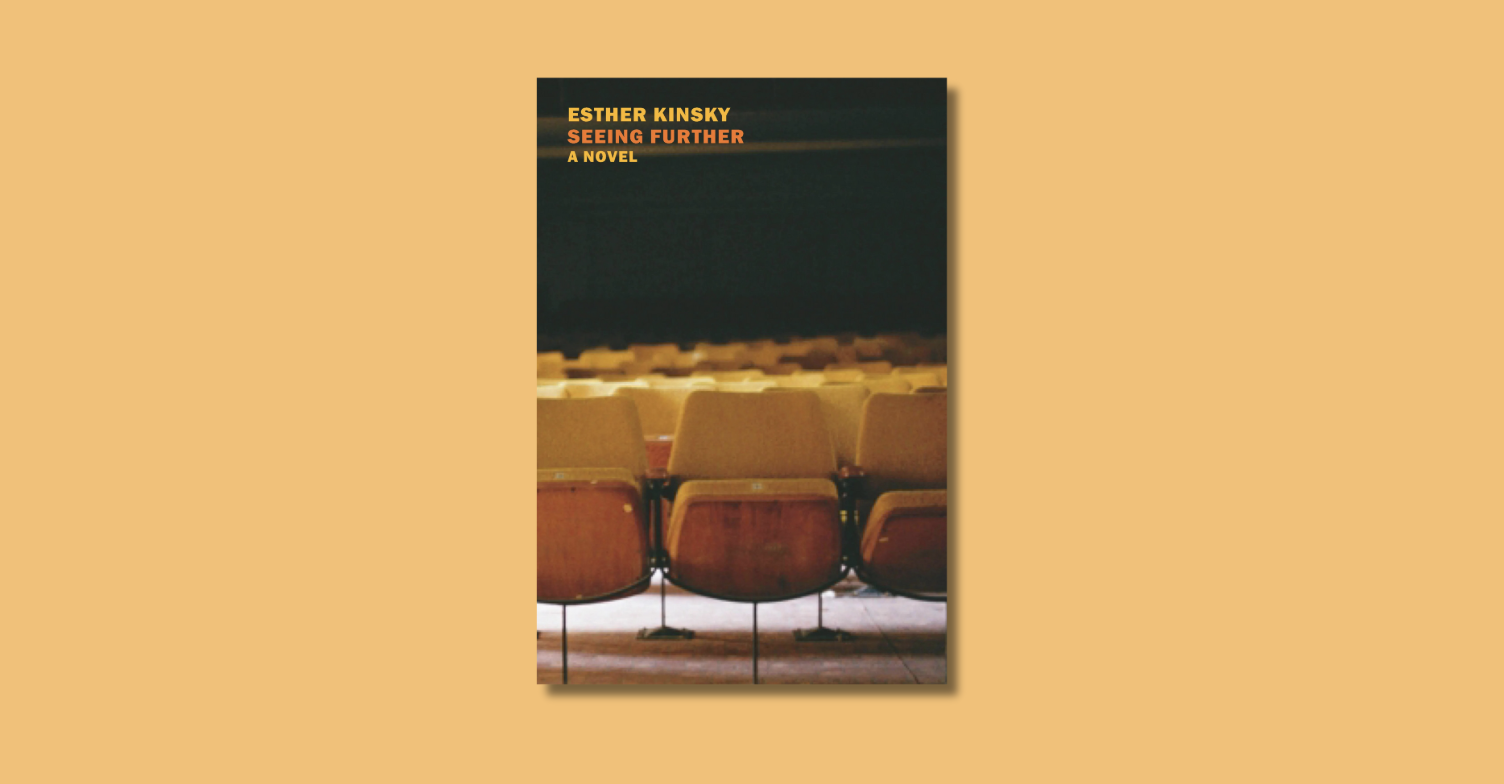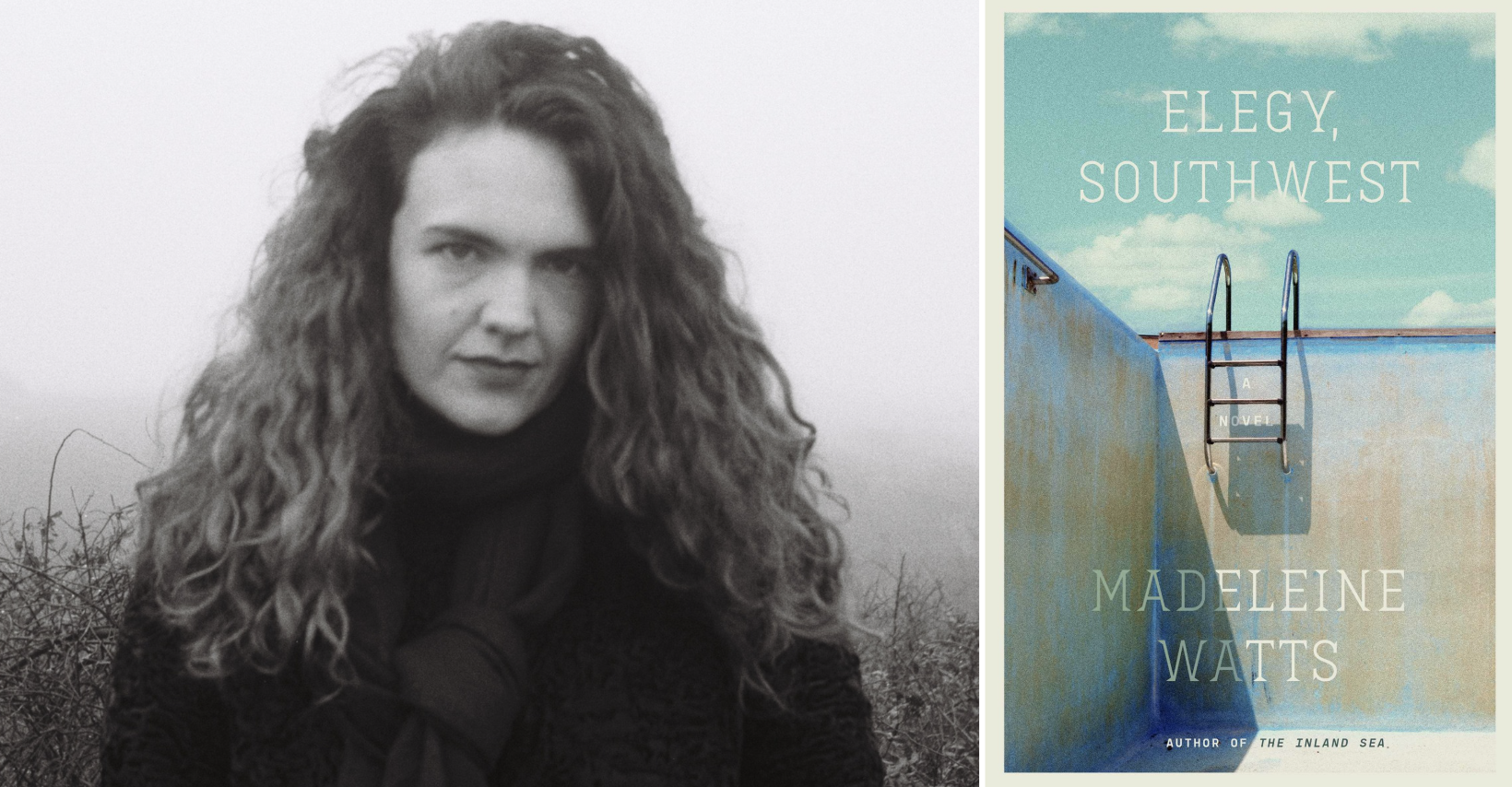Most people in the literary world are now aware that the New Yorker has selected the “best” 20 writers under age 40. This is a follow-up to the magazine’s 1999 list, which was fairly prescient in spotting some soon-to-be superstars in the book universe. There are some wonderful writers on the new list. The ages range from the early 20’s to right on the cusp of the big 4-0. The list is evenly split between men and women. From the names alone you get a much more international flair this time, reflecting how the world has changed in the past decade. But when you look at the 1999 list and the 2010 list side by side, one must wonder if the predictions will play out in a similar fashion. There is no doubt that within this group there will be some Pulitzers and National Book Awards to throw around. But I do worry if the world had changed so much that these young authors, despite talent or skill, won’t be able to reach the same level as their predecessors.
The majority of these writers are in their mid-to-late 30’s and are just now at the start of what we hope will be a long and fruitful career. But if you look back 40 years to the year 1970, there were many more established, award-winning authors under the age of 40. They were often times both critical and commercial successes. If the New Yorker had released a “20 under 40” list 40 years ago, it might have looked something like this…
1970
Philip Roth
Joyce Carol Oates
Raymond Carver
Donald Barthelme
John Updike
Shirley Hazzard
John Barth
Thomas Pynchon
Susan Sontag
Toni Morrison
Frank Conroy
Ken Kesey
Don Delillo
E.L. Doctorow
Jerzy Kozinski
Hunter S. Thompson
Alice Walker
Michael Crichton
Tom Wolfe
Cormac McCarthy
2010
Chimamanda Ngozi Adichie
Chris Adrian
Daniel Alarcón
David Bezmozgis
Sarah Shun-lien Bynum
Joshua Ferris
Jonathan Safran Foer
Nell Freudenberger
Rivka Galchen
Nicole Krauss
Yiyun Li
Dinaw Mengestu
Philipp Meyer
C. E. Morgan
Téa Obreht
Z Z Packer
Karen Russell
Salvatore Scibona
Gary Shteyngart
Wells Tower
1999
George Saunders
David Foster Wallace
Sherman Alexie
Rick Moody
A.M. Homes
Allegra Goodman
William T. Vollmann
Antonya Nelson
Chang-rae Lee
Michael Chabon
Ethan Canin
Donld Antrim
Tony Earley
Jeffrey Eugenides
Junot Diaz
Jonathan Franzen
Edwidge Danticat
Jhumpa Lahiri
Nathan Englander
Matthew Klam
Bonus Link: The Risks of Fiction: On The New Yorker Writers Under 40 List








